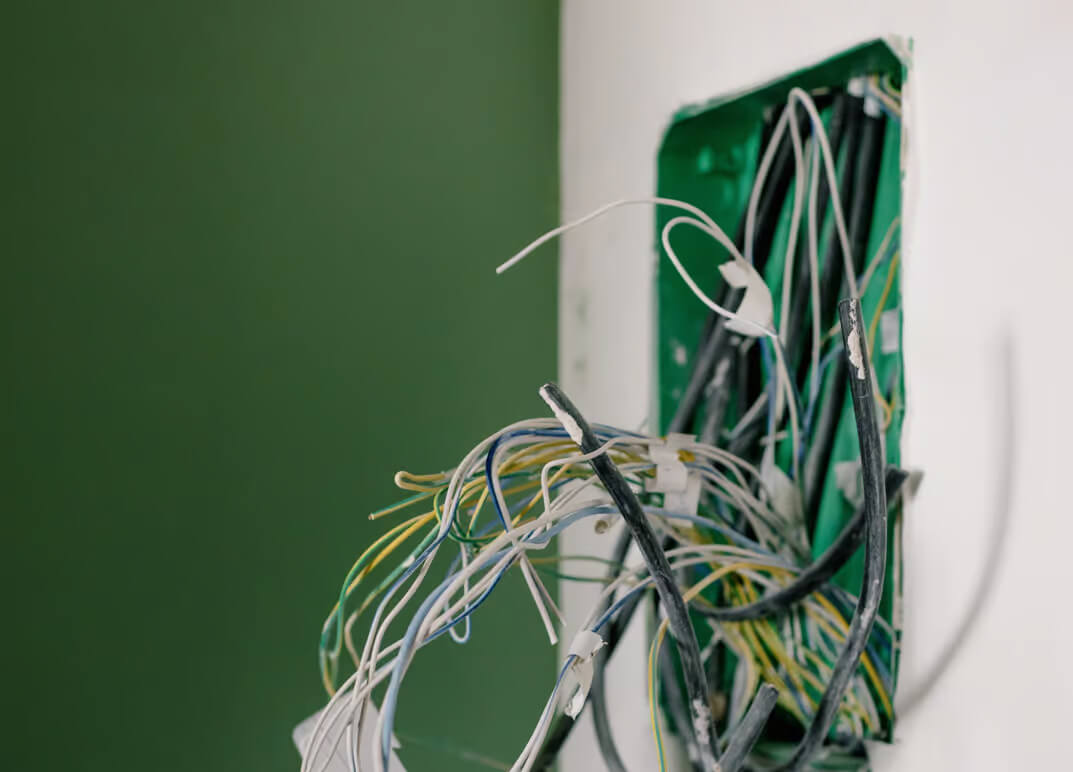Tip 1 Childproofing Electrical Outlets
Electrical outlets pose a significant risk to curious children. Young kids may be tempted to insert objects into the outlets, leading to electrical shocks or burns.
Install childproof outlet covers to prevent access to electrical outlets. These covers are designed to be tamper-resistant, providing a protective barrier against little fingers.
Tip 2 Secure Electrical Cords and Wires
Loose cords and wires can pose tripping hazards and increase the risk of electrical accidents. Children may inadvertently pull on cords, leading to unplugging or even pulling down appliances.
Use cord organisers, cable clips, or adhesive hooks to secure cords and keep them out of reach. Arrange furniture to prevent cords from hanging loosely.
Tip 3 Teach Safe Behaviour Around Electrical Appliances
Educating children about the dangers of electrical appliances is crucial. Teach them to never touch appliances with wet hands and to seek adult supervision when using them.
Show children how to safely use appliances and emphasise the importance of unplugging them when not in use.
Tip 4 Water and Electricity Do Not Mix
This one is obvious to adults but not so much to kids. Explain the risks associated with water and electricity. Children should understand that they should never touch electrical devices or outlets with wet hands.
Install ground fault circuit interrupters (GFCIs) in areas with water sources, such as bathrooms and kitchens. These devices automatically shut off power if a ground fault is detected, preventing electrical shocks.
Tip 5 Use Child-Friendly Lighting Solutions
Consider using child-friendly lighting options, such as LED nightlights or soft-glow lamps. These provide sufficient illumination for nighttime without disturbing sleep.
Use lighting strategically to eliminate dark areas and reduce the risk of accidents. Place nightlights in hallways, bathrooms, and children’s bedrooms to guide them during the night.
Tip 6 Keep Electrical Devices and Cords Away from Children’s Reach
Children may be tempted to play with electrical devices or cords, posing potential hazards. Keep these items out of their reach to prevent accidents.
Utilise cord concealers or secure cords behind furniture to prevent children from pulling on them. Place electrical devices on higher surfaces or use childproof cabinets to keep them inaccessible.
Tip 7 Educate Children about Electrical Safety
We already talked about teaching kids about safe behaviour around electrical appliances, but it’s also a good idea to think more generally and educate children about electrical hazards and safe practices. Set clear rules and boundaries regarding electrical devices and outlets.
Instill in children the importance of treating electricity with respect and understanding that it is not a toy. Teach them to ask an adult for assistance when dealing with electrical matters.
Tip 8 Teach Kids about Being Prepared for an Emergency
Prepare your family for electrical emergencies. Familiarise everyone with emergency shut-off switches and establish an emergency plan.
Teach children what to do in case of an electrical emergency, such as a power outage or electrical fire. Emphasise the importance of staying calm and seeking help from adults.
Tip 9 Regular Electrical Maintenance
Regular electrical inspections are vital to identify potential hazards and address them promptly. Schedule professional inspections to ensure the electrical safety of your home.
If you notice any electrical problems, such as flickering lights or outlets not working, contact a licensed electrician like Mr Sparky to assess and resolve the issue.











